This North American native vine produces lovely, fragrant flowers. Bees and hummingbirds love western honeysuckle vines for the fragrant, trumpet-shaped blossoms that are rich in nectar. Kids also love to suck the sweet nectar from the base of a honeysuckle flower. Gardeners, on the other hand, appreciate the way these vines twine their way up fences and trellises or ramble over trees. They provide year-round greenery as well as brilliant flowers in season. Western honeysuckle vines bloom in late spring. The orange-red flowers hang in clusters at the tip of branches. True to their common name, the flowers look like narrow trumpets. These develop into orange-red fruit that wild birds appreciate. Description from Gardening Know How
Home > Plant Guide >
Scientific Name
Family
Garden Type
Wildlife
Native Plant Region
Light needs
Water Needs
Plant Type
Bloom Color(s)
Height
Width
Months in Bloom
Safe Beneath Power Lines?
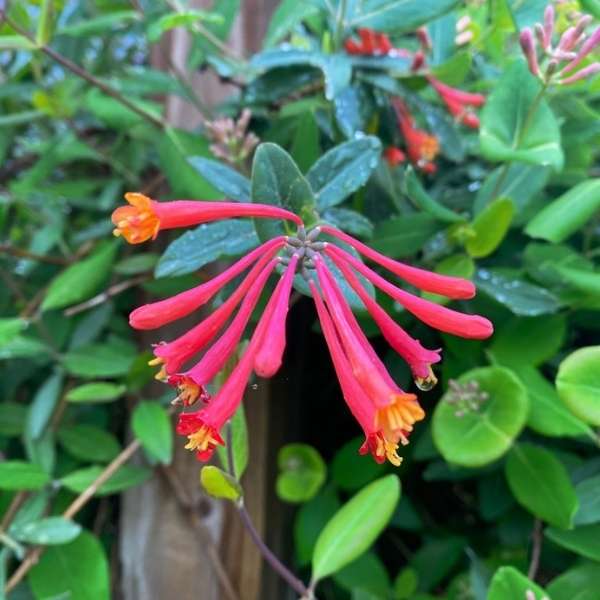
We’d like to maintain accurate and robust plant listings. If you see information that is not correct or that could be added to improve the listing, please let us know. Or if you’d like to suggest a plant to add to our plant guide, you can use this form do so. Thank you!
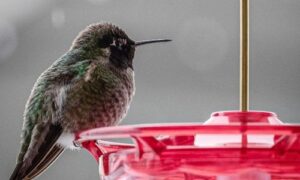
The urban environment presents dangers to wildlife that they are not always adapted to overcome. Reducing urban hazards is an essential part of enhancing habitat in cities. After all, we do not want to lure wildlife into our neighborhoods only to have them fatally collide with our windows.

Get involved by sharing and mapping the birds, animals and nature around you to help the community understand the biodiversity in our neighborhood.
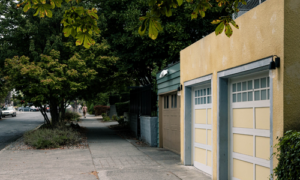
Take a virtual tour of Capitol hill with naturalist and author David B. Williams and gain a new appreciation of the nature of the city and its wild side.

New types of vegetation can attract additional wildlife to an area. You might be surprised how a little green can go a long way!
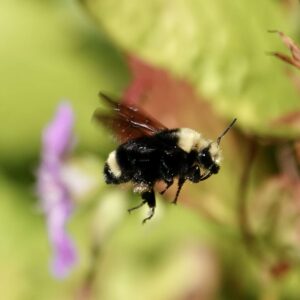
Look closer…and meet the local insects that pollinate the plants around your Seattle neighborhoods. Learn about some of our amazing native pollinating insects.
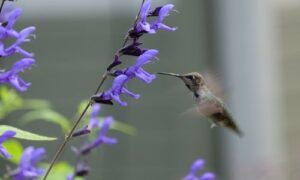
Protecting the trees and other vegetation that what we currently have is perhaps the most important way to ensure biodiversity in cities.
Nature of Your Neighborhood is a collaboration between Birds Connect Seattle, the Capitol Hill EcoDistrict, and the Seattle Bird Conservation Partnership. Our goal is to foster relationships between the people and the nature of their neighborhoods.